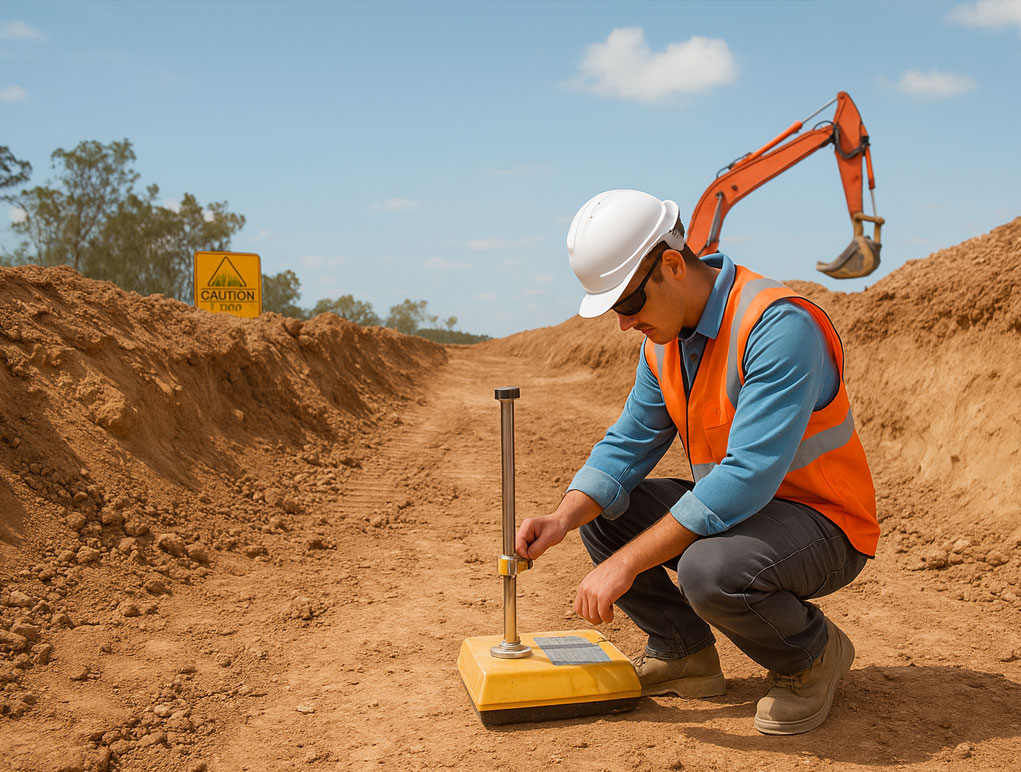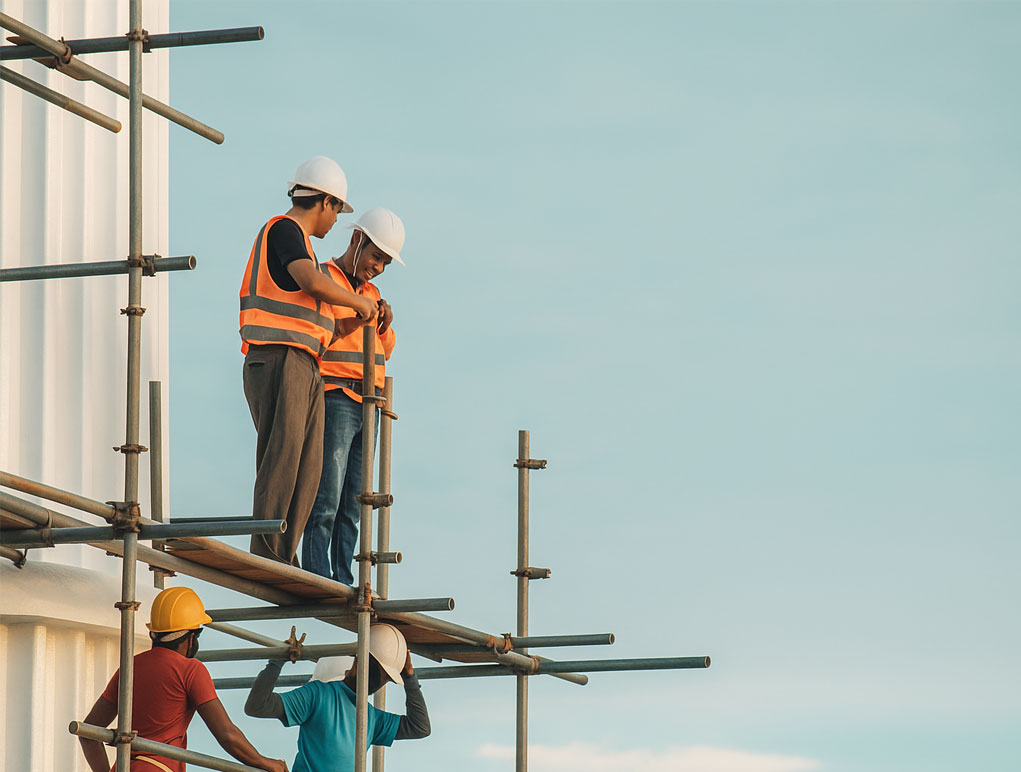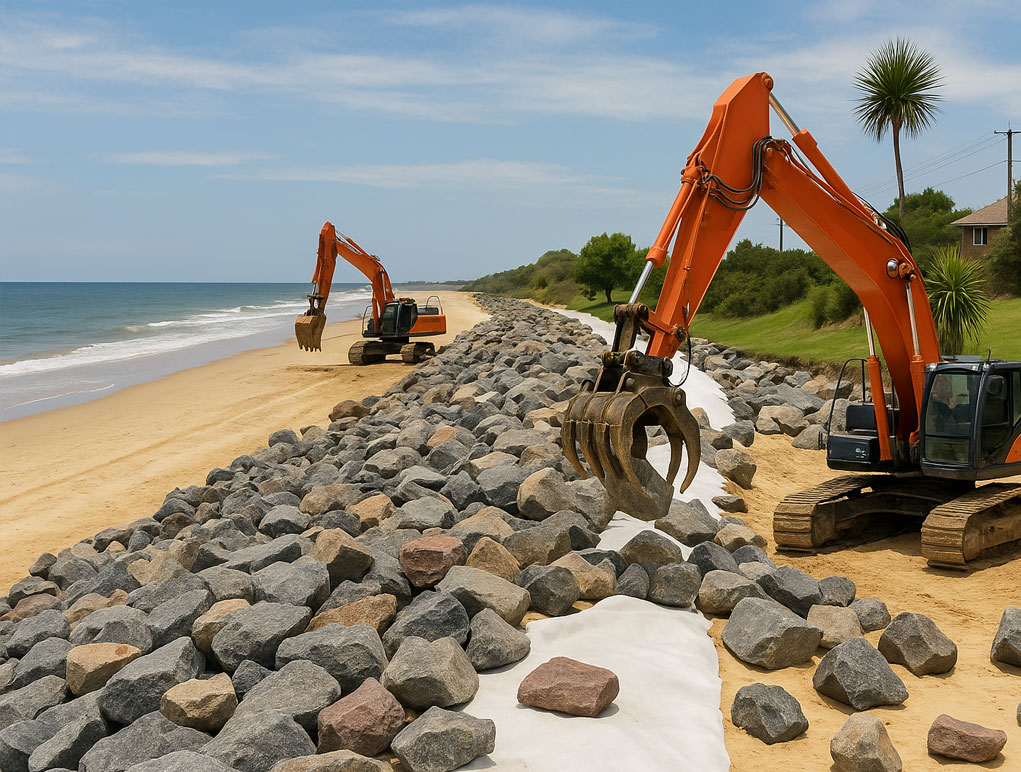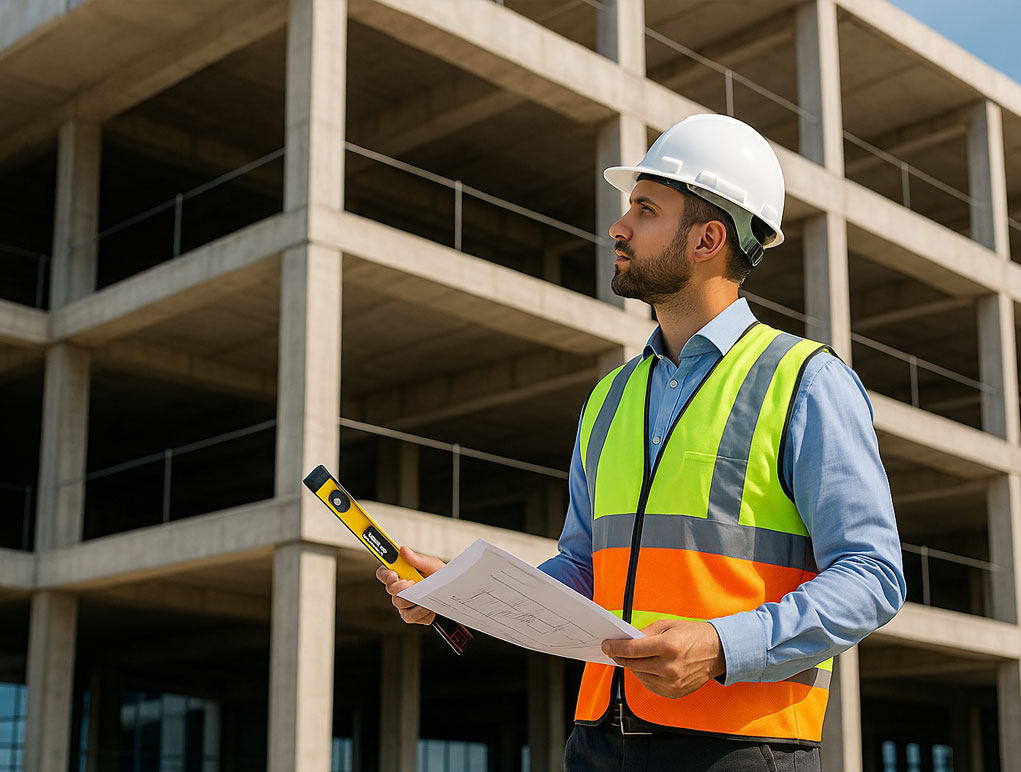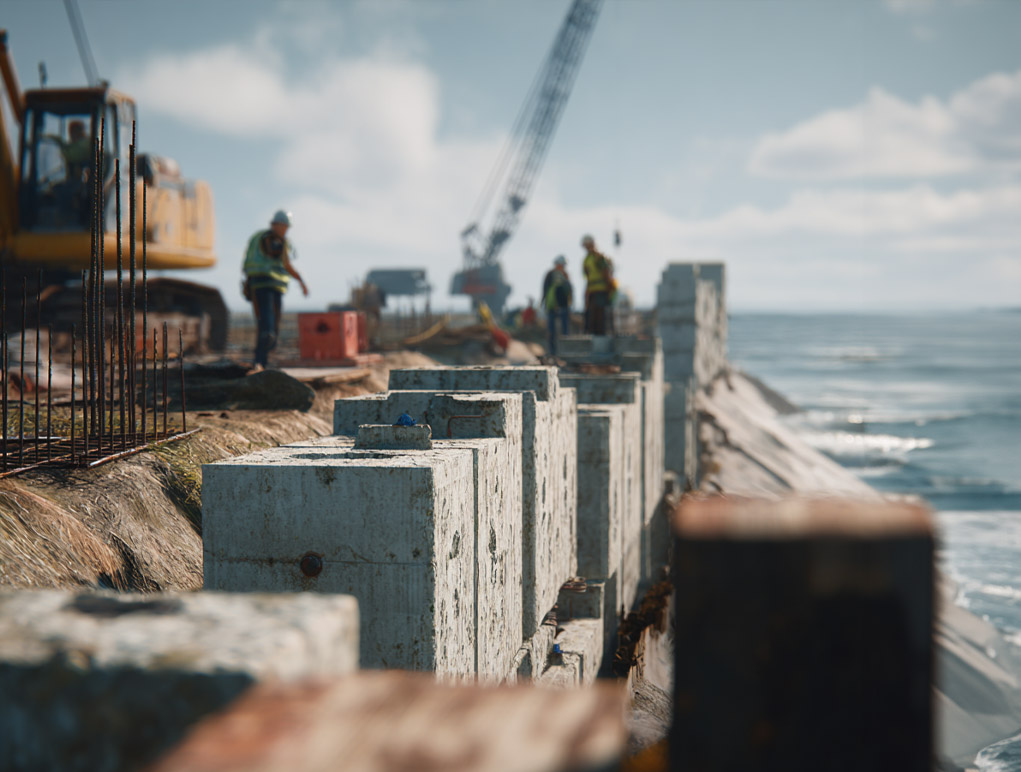
Seawall Construction Methods: Engineering & Construction Process
As rising sea levels and intensified storms threaten coastal communities, seawalls have become essential barriers against erosion and flooding. These engineered structures protect properties and infrastructure from wave impact and shoreline degradation. However, effective seawall construction methods depend on more than materials and labor—they require a strategic engineering and construction process.
At LB Engineering, we approach seawall projects with a balance of precision, performance, and environmental stewardship. This guide outlines each stage of a professional seawall construction project, from initial site assessments to long-term maintenance planning.
1. Introduction: Why Engineering Precision Matters
Seawalls are complex coastal defense systems designed to withstand constant exposure to water forces. Without proper engineering, they can crack, fail, or even accelerate erosion.
Why it matters:
-
Hydrostatic pressure or foundation failure can cause poorly designed seawalls to collapse.
-
Engineering-led design ensures the wall integrates with the environment and lasts for decades.
-
The construction process determines performance under tidal, wave, and storm conditions.
2. Site Assessment & Feasibility Study
Each seawall project begins with a detailed assessment of the conditions unique to the site.
Key factors analyzed include:
-
Coastal zone data – Tidal ranges, wave heights, and storm surge history.
-
Erosion patterns – Understanding how the shoreline has changed over time.
-
Tidal and hydrodynamic forces – These determine wall height and material strength.
-
Environmental impacts – Evaluating the effect on nearby habitats and communities.
3. Geotechnical Investigation
The most crucial element for long-term wall stability is a strong foundation.
Geotechnical considerations:
-
Soil sampling and testing – Determines soil composition, strength, and compaction.
-
Groundwater table – Impacts drainage and material choice.
-
Erosion potential – Helps in designing protective measures at the base.
-
Load-bearing capacity – Ensures the foundation can support the weight of the structure.
Learn more about our Geotechnical Services page.
4. Design Development
This phase transforms engineering data into real-world design plans.
Critical design decisions include:
-
Seawall type: Vertical (space-efficient), sloped (wave-dissipating), or curved (redirects energy).
-
Materials: Concrete, steel sheet piles, vinyl panels, stone riprap, or composites.
-
Integration to Drainage: Weep holes or filters relieve pressure behind the wall.
-
Scour protection: Prevents erosion at the toe of the wall using rock or geo-textiles.
-
Modeling software: Engineers simulate wave impact and soil pressure in virtual environments to ensure accuracy.
5. Regulatory Compliance & Permits
Building a seawall near coastal zones typically requires approval from multiple government agencies.
Permits and approvals include:
-
Local zoning and construction permits
-
State coastal zone management approvals
-
Federal oversight from agencies like the U.S. Army Corps of Engineers
-
Environmental Impact Statements (EIS) when ecosystems are affected
LB Engineering manages the permit application process, ensuring all documentation and engineering reports are submitted correctly.
6. Construction Planning
Once approvals are in place, our team plans every aspect of the build.
Construction logistics involve:
-
Timeline development – Adjusted for tides, weather, and equipment availability.
-
Material sourcing – Ensuring availability of approved and durable materials.
-
Risk mitigation – Plans for marine access, storm delays, or public safety issues.
-
Workforce and equipment coordination – From pile drivers to excavators.
7. Seawall Construction Execution
This is where the engineering plan is brought to life on-site.
Step-by-step construction process:
-
Site preparation – Clearing, excavation, and erosion control setup.
-
Foundation installation – Piling, anchoring, or pouring concrete footings.
-
Structural assembly – Installing sheet piles, panels, or stone armor.
-
Drainage systems – Filter fabric, gravel layers, or pipe installation.
-
Finishing – Surface treatment, caps, and reinforcing exposed areas.
Our engineers remain on-site to monitor progress and make real-time adjustments as needed.
8. Quality Control & Inspections
We implement rigorous quality assurance protocols at every stage.
What’s checked:
-
Daily site reviews – Ensuring adherence to plans and alignment accuracy.
-
Material inspection – Verifying concrete strength, corrosion protection, etc.
-
Load testing and stability checks
-
Environmental compliance – Verifying minimal impact on marine and public zones.
After final inspection, the wall is certified for use and officially approved.
9. Post-Construction Maintenance Planning
A seawall’s longevity depends on consistent monitoring and proactive maintenance.
Our maintenance plans include:
-
Regular inspections – particularly after tidal surges or storms.
-
Repairs and reinforcements – Addressing cracks, corrosion, or erosion promptly.
-
Environmental documentation – monitoring wall wear and shoreline shifts.
-
Lifecycle budgeting – Planning for future upgrades or replacements.
10. Conclusion
The best seawall construction methods are the result of engineering discipline and construction excellence. From soil testing and structural modeling to material selection and on-site supervision, every step matters.
At LB Engineering, we deliver durable, code-compliant seawalls tailored to coastal challenges in Florida and beyond. Our team offers a full-service approach—from permitting and design to inspection and maintenance.
Need expert help with your seawall project?
Visit our Services page or Contact us to speak with our coastal engineering team.



